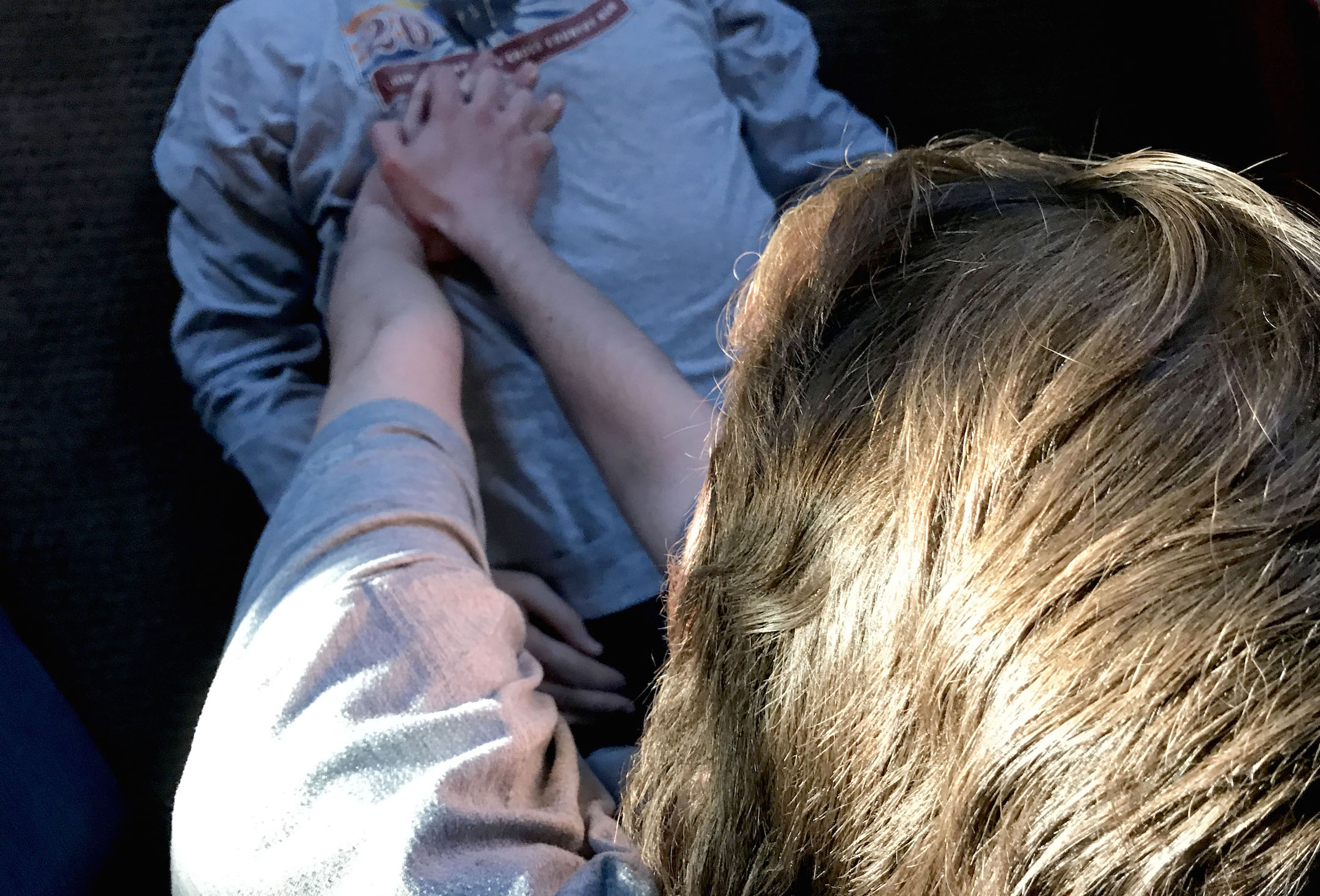As of 2016, 21 states require high school students to go through CPR (Cardiopulmonary Resuscitation) training before graduation. Cardiac arrest is the leading cause of deaths in the United States and has only a 10% chance of survival. By training more people on how to respond to a situation where someone undergoes cardiac arrest, more lives will be saved.
A typical CPR health class training consists of alarming statistics on cardiac disorders, mannequins of all sizes placed around the room, and students eagerly waiting to learn how to save lives. “Responding to an emergency means knowing how to asses a situation and what steps to take first if you come upon an accident,” Traci Johnston, American Red Cross Central Midwest Manager, said. “Knowing how to help a person in a life threatening situation happens mostly to people in their personal lives.”
Teaching more young people how to perform CPR will reduce severe injuries and death in these situations. “It is important for everyone to know CPR because you never know when you might need it. There are many young people that have used their skills to save lives,” Johnston said. Johnston explains that skills taught in the CPR classes at the Red Cross are used in situations varying from a lifeguard saving a drowning child, to EMT’s and firefighters using CPR in their jobs daily.
Students typically undergo CPR training during their sophomore year in health class. “Right now, it’s a requirement for everyone to graduate,” principal Ryan Woods said. “We don’t offer the certification, we offer the condensed version, which is the information and learning around on how to do CPR.”
Becoming certified in CPR is a longer training that provides the participant with a card ensuring certification. “It gives kids access to the more basic and condensed versions of CPR training,” Woods said.
Instead of bringing in employees from hospitals or CPR teaching organizations, different high school teachers are certified to be able to teach students the basic information. “The Healthy Kids Act of Iowa has made it a requirement for students to have some sort of CPR before they graduate,” Physical Education teacher Deb Nicholson said.
Nicholson is one of the teachers at the high school that leads the trainings in health class. “They made it that choice, we always thought of putting it in the curriculum somewhere, they think it’s important so everyone knows CPR, you never know when that situation will come up and you’ll have to save somebody,” she said.
The in school training consists of learning how to asses the victim, compressions, breathing, how to use an AED and how to perform CPR on infants. “We go over the exact same things that the American Heart Association goes over that you would see in a class,” Nicholson said. “What you see is what you get at another class, but they test you on it, like are you performing it correctly in order to get a CPR card.”
School trainings don’t certify students, but they go over it to ensure that students know how to act in an emergency situation.
Lydia Thomasee ’19 is one of the few students who went through CPR training outside of school through the Red Cross. “It’s pretty necessary,” Thomasee said. “In all of life you’re probably never going to use it, but it’s something good to have.”
Thomasee doesn’t think it should be a graduation requirement, but thinks its a good skill to grasp when a situation might arise. “It’s something that should be taken, regardless whether it’s required or not,” Thomasee said.
Peter Steier ’17 agrees. “I think it’s a good idea, even if we probably won’t ever use it,” Steier said. “Even though it’s not officially being certified, it’s still good to know.”
Steier went through the training offered through the school, and learned a lot about the intricate process of CPR. “It isn’t as simple as it looks,” he said. “You can’t just go and push on someone’s chest a few times and call it good. You really have to know what you’re doing.”
The Red Cross teaches children, high schoolers, and adults how to recognize and respond to all kinds of emergencies. The American Red Cross provides a class called “Hands Only CPR” for the average person to know how to provide chest compressions to someone in need. “Our classes have a two-year certification so anyone that has been trained once will need to review and refresh their certification so they will be up to date on the latest science of CPR,” Johnston said.
For students interested in becoming certified in CPR, various different styles and types of classes can be booked at redcross.org.








